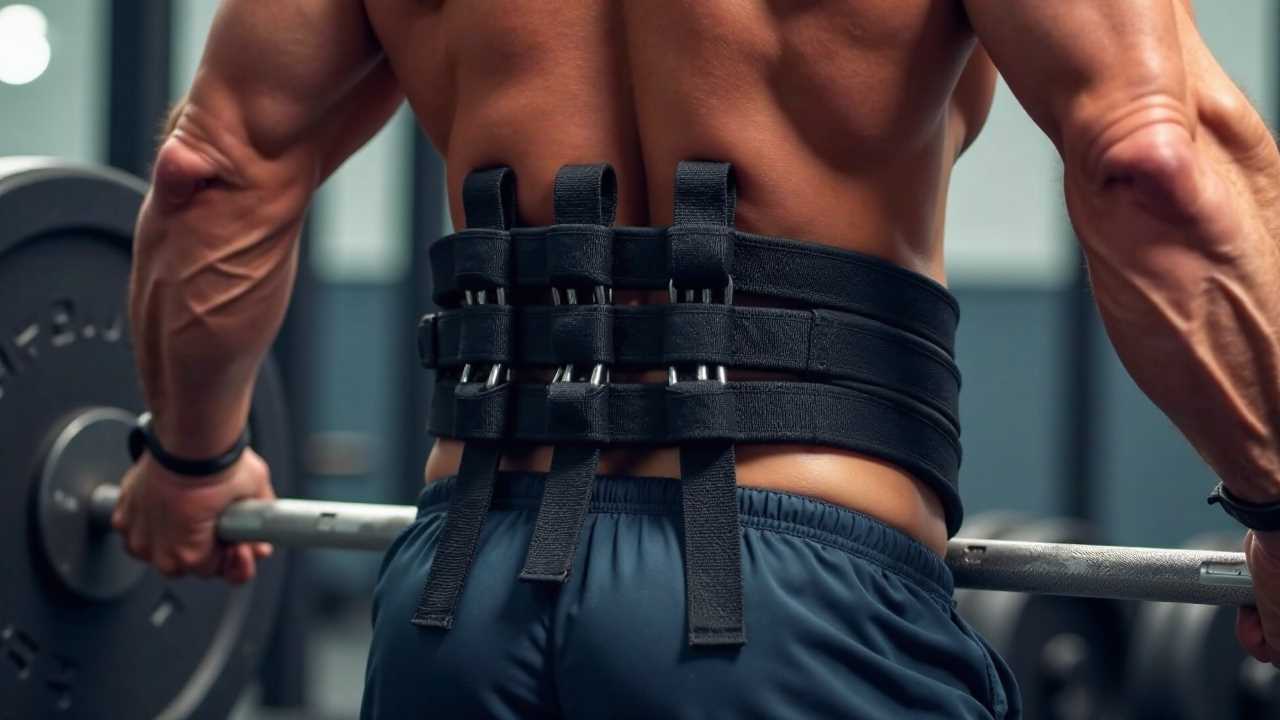
Understanding Powerlifting Belts
Powerlifting belts are a fundamental piece of athletic gear that can significantly impact your performance in weightlifting and strength training. These belts are designed to provide support to the lower back and core, allowing athletes to lift heavier weights with improved stability. The primary function of a powerlifting belt is to increase intra-abdominal pressure, which helps to stabilize the spine during heavy lifts such as squats, deadlifts, and bench presses.
When considering the use of a powerlifting belt, it is essential to understand the mechanics behind how it works. By wearing a belt, you create a solid foundation for your core, which translates to better lifting mechanics. This is particularly beneficial during resistance training, where the risk of injury can increase with heavier loads.
The Benefits of Using Powerlifting Belts
The advantages of incorporating powerlifting belts into your training regimen are numerous. First and foremost, these belts provide performance enhancement by allowing you to lift more weight safely. This is particularly important for athletes looking to push their limits and achieve personal records.
Another significant benefit is the reduction of lower back strain. When lifting heavy weights, the lower back is often the most vulnerable area. A powerlifting belt acts as a supportive brace, helping to distribute the load more evenly across the body. This support can lead to improved lifting form and technique, which is crucial for long-term success in strength training.
Additionally, powerlifting belts can help athletes maintain proper posture during lifts. Many lifters struggle with maintaining a neutral spine, especially under heavy loads. A belt serves as a physical reminder to keep your core engaged and your back straight, reducing the likelihood of injury.
Choosing the Right Powerlifting Belt
Selecting the right powerlifting belt is vital for maximizing its benefits. There are various types of belts available on the market, each designed for specific lifting styles and preferences. When choosing a belt, consider the following factors:
1. Width and Thickness: Most powerlifting belts are either 4 inches or 3 inches wide. The 4-inch belts provide more support for the lower back, while the 3-inch belts offer greater mobility. Thickness typically ranges from 10mm to 13mm, with thicker belts providing more support.
2. Material: Powerlifting belts are commonly made from leather or synthetic materials. Leather belts are known for their durability and support, while synthetic belts may offer more flexibility and comfort.
3. Closure Type: Belts come with various closure systems, including prong, lever, and Velcro. Prong belts are adjustable and provide a secure fit, while lever belts allow for quick adjustments. Velcro belts are often more comfortable but may not provide the same level of support.
4. Fit: Ensure that the belt fits snugly around your waist without being overly tight. A proper fit is essential for effective support during lifts.
Integrating Powerlifting Belts into Your Training Routine
To maximize the benefits of powerlifting belts, it is crucial to integrate them effectively into your training routine. Here are some tips for doing so:
1. Use During Heavy Lifts: Reserve the use of your powerlifting belt for your heaviest sets. This allows your body to adapt to lifting without a belt during lighter sets, promoting core strength and stability.
2. Focus on Core Strength: While belts provide support, they should not be a crutch. Incorporate core-strengthening exercises into your routine to build a strong foundation. Exercises such as planks, dead bugs, and Russian twists can enhance your core stability.
3. Practice Proper Technique: Always prioritize proper lifting technique over the amount of weight lifted. A belt can help with form, but it should not replace good lifting practices.
4. Listen to Your Body: Pay attention to how your body responds to the use of a powerlifting belt. If you experience discomfort or pain, reassess your technique or consider adjusting the fit of your belt.
The Role of Powerlifting Belts in Athletic Performance
Powerlifting belts play a significant role in the broader context of athletic performance. For athletes engaged in strength training and resistance training, these belts can be a game-changer. They not only enhance performance but also contribute to safer training practices.
In competitive settings, the use of powerlifting belts is often a requirement. Many powerlifting federations have specific regulations regarding belt specifications, ensuring a level playing field among competitors. This underscores the importance of selecting a belt that meets these standards if you plan to compete.
Moreover, the psychological aspect of wearing a powerlifting belt cannot be overlooked. Many athletes report feeling more confident and secure when lifting with a belt, which can lead to improved performance. This mental boost can be just as important as the physical support provided by the belt.
Elevate Your Training with Powerlifting Belts
In summary, powerlifting belts are an invaluable tool for anyone serious about weightlifting and strength training. They provide essential support, enhance performance, and contribute to safer lifting practices. By choosing the right belt and integrating it effectively into your training routine, you can unlock your full potential in the gym.
Whether you are a seasoned athlete or just starting your strength training journey, investing in a quality powerlifting belt can make a significant difference. Embrace this powerful piece of gym equipment and watch your performance soar.
 SportsHollywoodLifestyleFashionHome & GardenTrendsPrivacy PolicyTerms And Conditions
SportsHollywoodLifestyleFashionHome & GardenTrendsPrivacy PolicyTerms And Conditions
